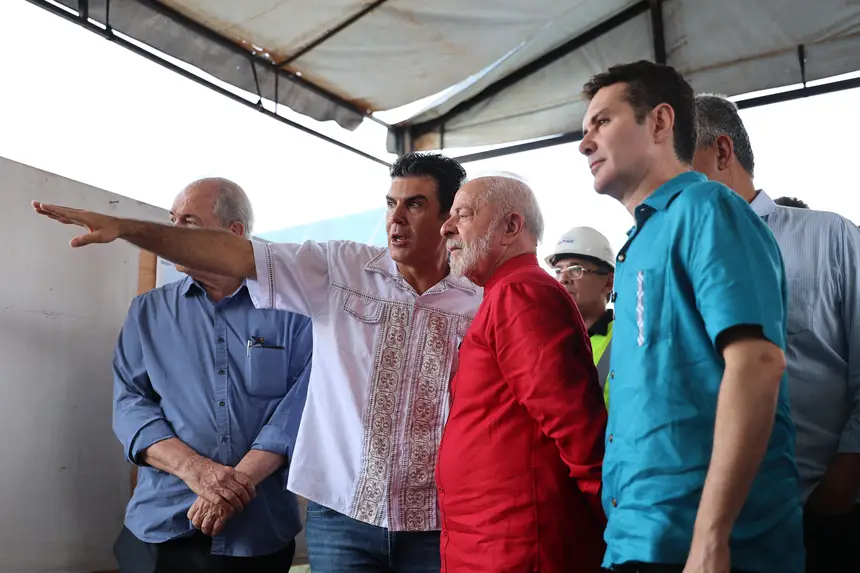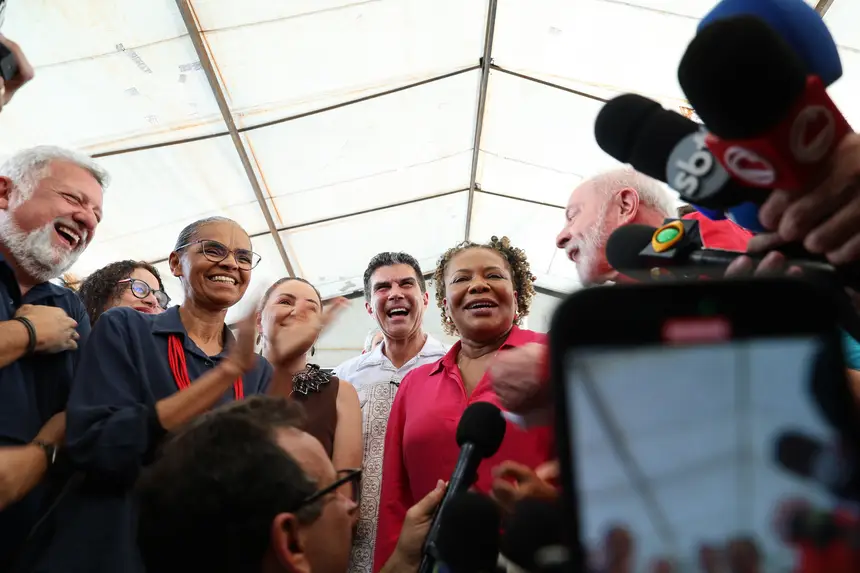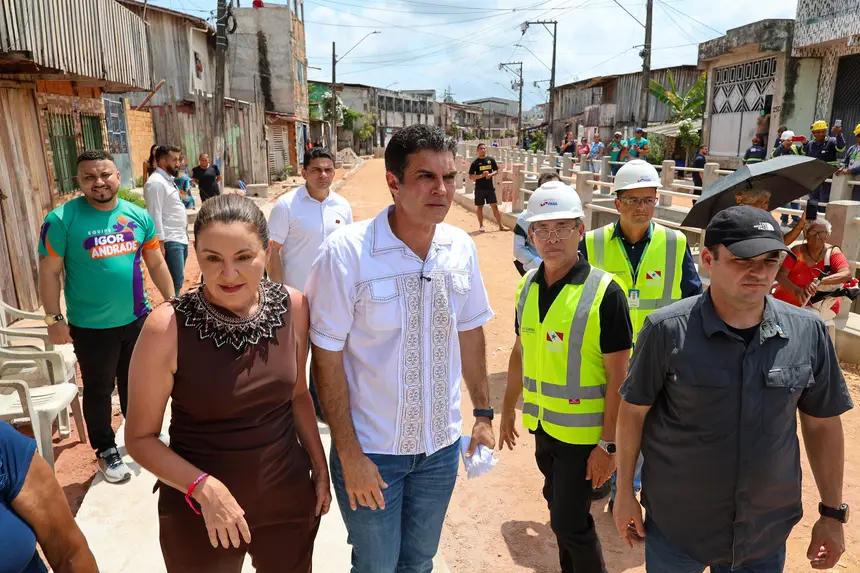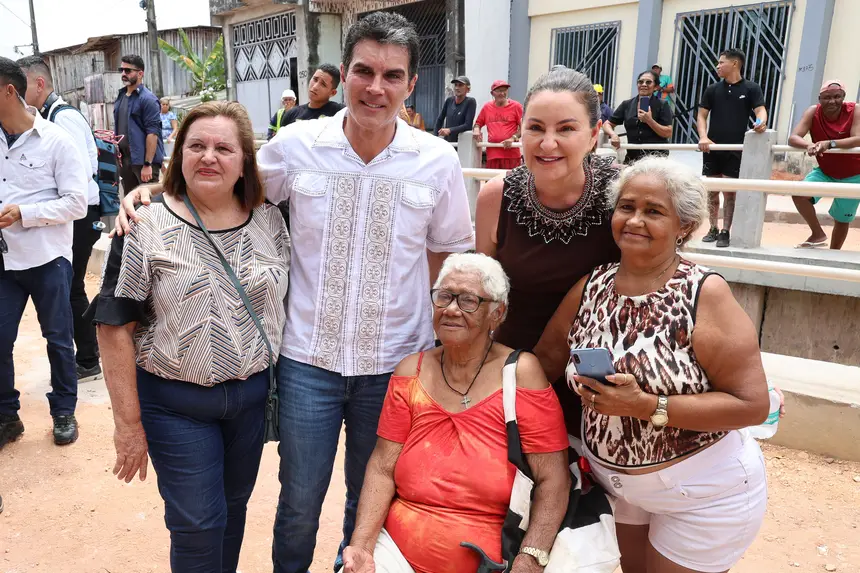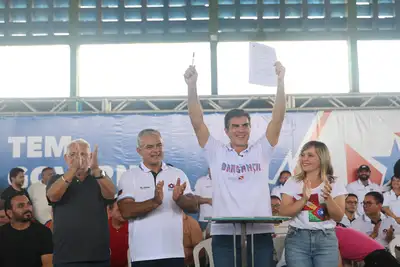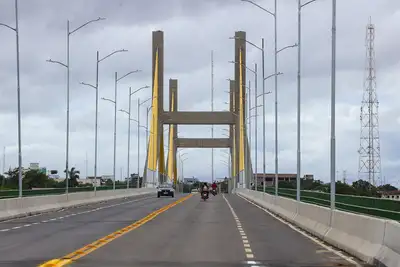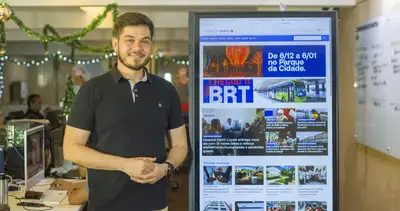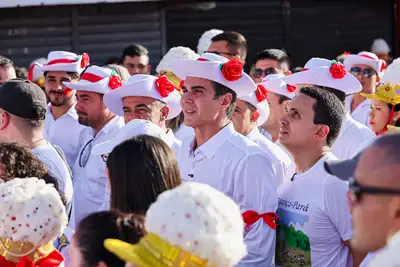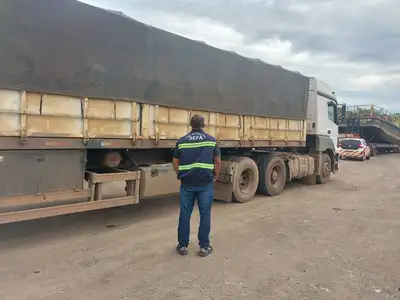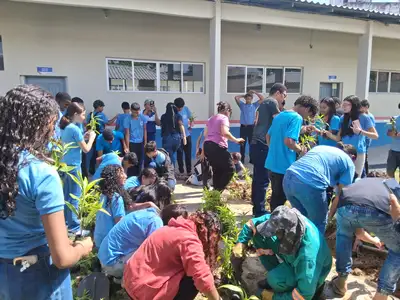Helder and Lula monitor progress of the largest macro-drainage program in the history of Belém
Authorities visited the works of the União Canal, one of the structural legacies in preparation for COP30, which takes place in November this year in the capital of Pará
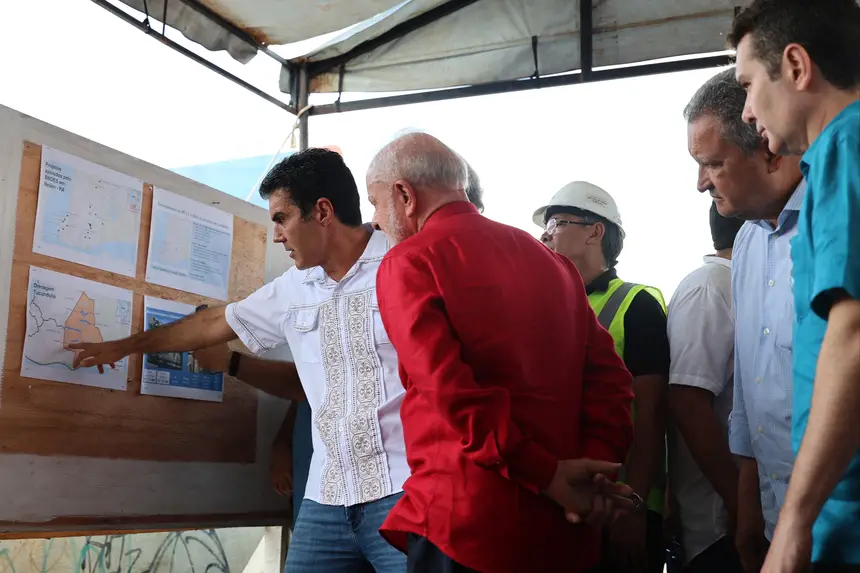
The largest macro-drainage program in the history of Belém is advancing with works that ensure a better quality of life for the population. On the morning of this Friday (3), the governor of Pará, Helder Barbalho, and the state’s vice-governor, Hana Ghassan, presented to the President of the Republic, Luiz Inácio Lula da Silva, the progress of the works of the União Canal, one of the structural legacies in preparation for COP30, which takes place in November this year in the capital of Pará.
“These works are part of one of the most important basins in Belém, which is the Tucunduba basin, which interacts with five populous neighborhoods, directly benefiting about 300,000 people with 10 kilometers of channels. In the recent past, this area used to flood, which is being corrected with the works on the channels. In addition, the streets adjacent to these channels are being paved, receiving water supply and sewage treatment networks. The largest investment in macro-drainage in the history of Pará and Belém demonstrates this moment of partnership that also respects those who live in the peripheries,” highlighted Governor Helder Barbalho.
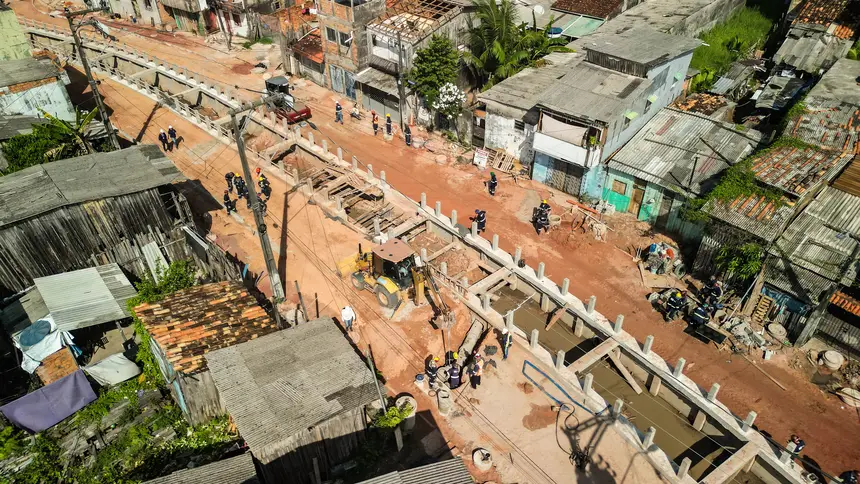
The intervention at the União Canal, located in the Marco neighborhood, is part of the services carried out in the Tucunduba Basin, one of the main urban drainage focuses in the city. In the stretch between the Timbó Canal and the Mauriti Alley, about 350 meters of rectangular concrete channel will be completed.
The work is being executed by the State Department of Public Works (Seop), in partnership with the Federal Government, through the National Bank for Economic and Social Development (BNDES).
“People criticized that the COP works were only for tourists. There is no work just for COP, an event that will last about 20 days. The important thing is that these investments will remain for the people of Pará, of Belém. When these channels are ready, tourists will also come here. Improving the quality of life for the people will enhance the tourism of the city and the state,” commented President Lula.
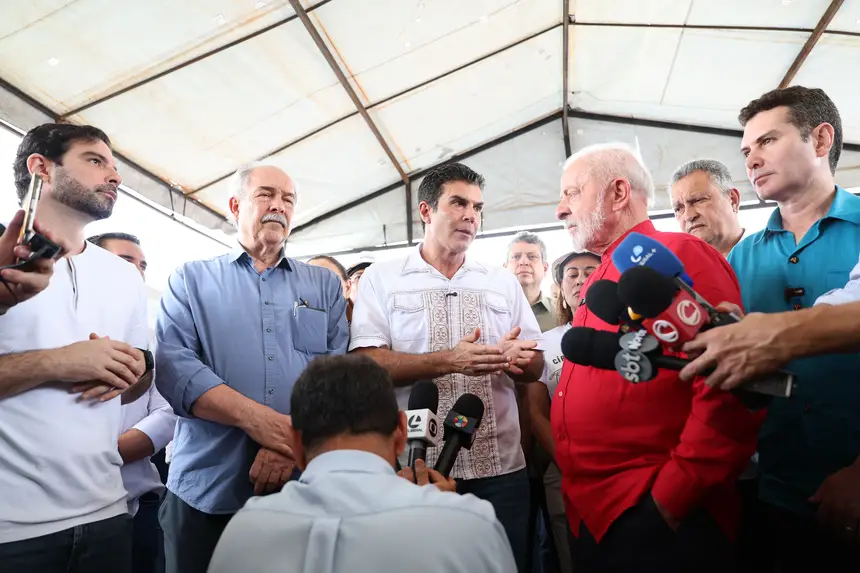
The União Canal will also receive new water supply, sewage, and drainage networks; the construction of three walkways and a bridge; in addition to asphalt paving of the adjacent and lateral roads.
“Other macro-drainage works will be carried out in Belém: the Mata Fome Canal, the Ariri Bolonha Canal, and the São Joaquim Canal. We will continue to advance in this very important issue for the capital, always in partnership between the Federal Government and the State,” emphasized the Minister of Cities, Jader Filho.
The mayor of Belém, Igor Normando, also accompanied the visit to the work and highlighted the commitment of the federal and state administrations to the capital. “We are bringing to the periphery of the city the investments that were historically only dreamed of. I have walked around here and seen the flooded houses, causing losses to the population. Today, the reality is completely different.”
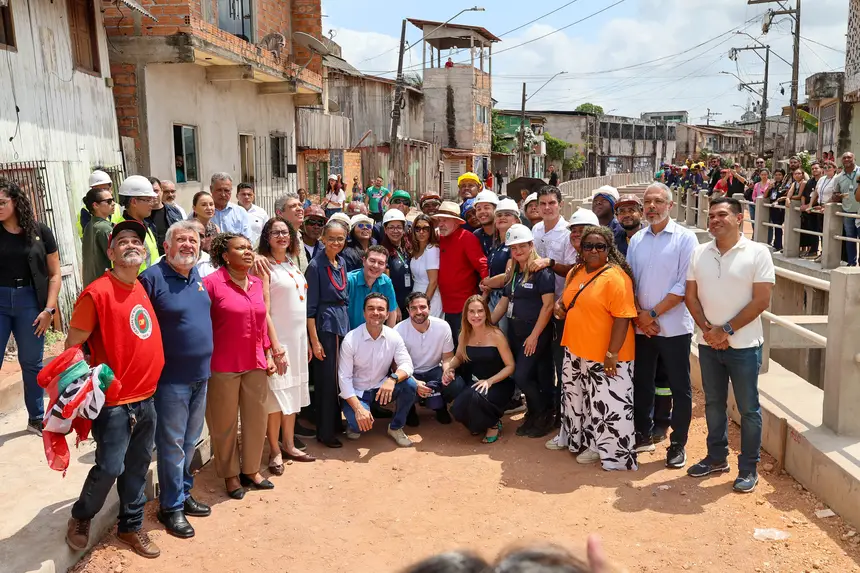
Since 2019, the Government of Pará has already carried out interventions in 18 channels in Belém, of which 13 are considered legacies of COP30. Among the completed works are the channels of Igarapé Tucunduba, Mundurucus, Timbó, Vileta, Leal Martins, Cipriano Santos, Gentil, and Doca.
The structural actions also encompass interventions in the basins of Murutucu, Tamandaré, and Una, with a direct impact on urban infrastructure, flood prevention, and improvement of the quality of life for more than half a million Pará residents.


